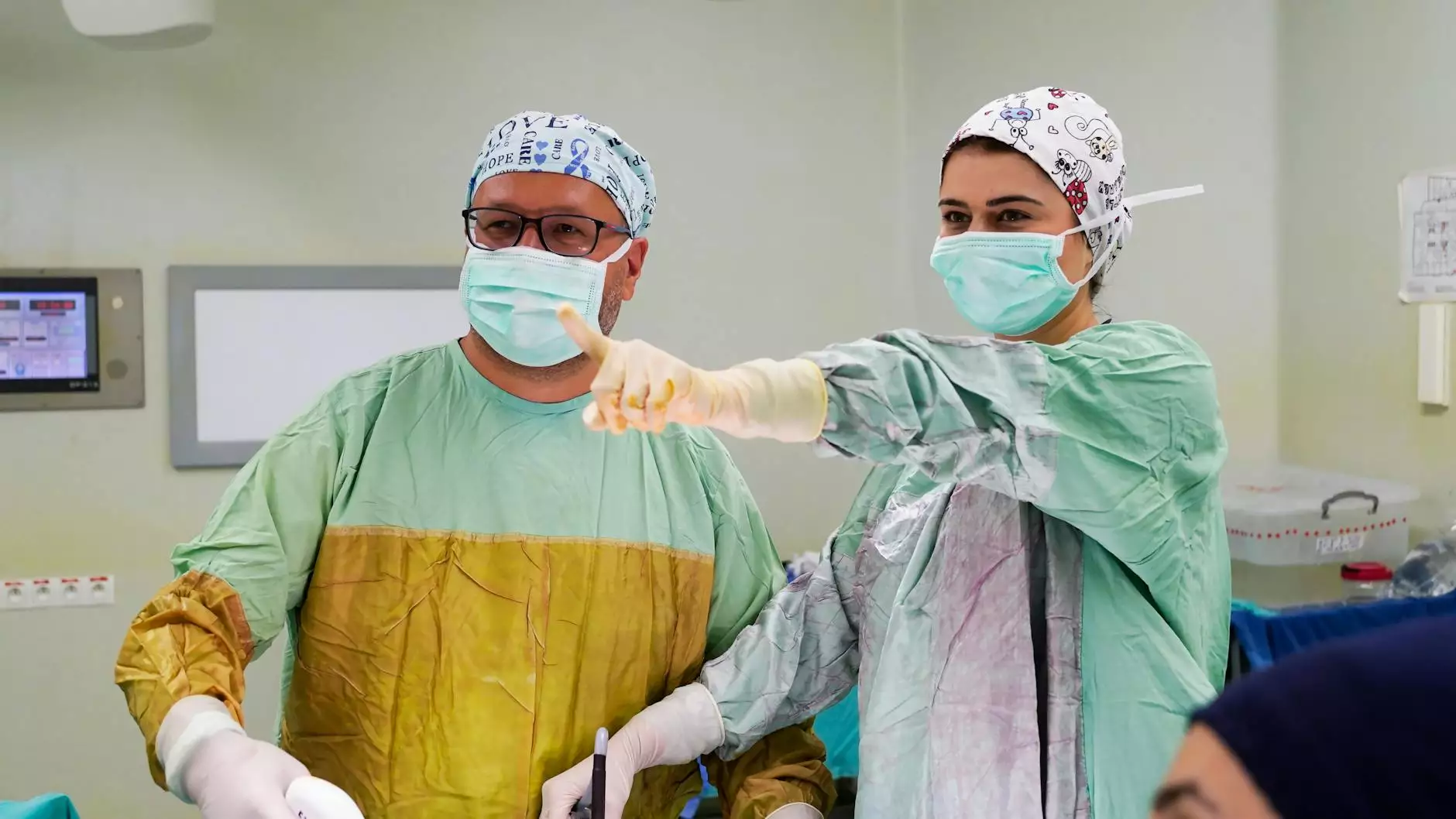Understanding the Risks and Benefits of Hysterectomy: A Comprehensive Guide by Dr. Seckin

Hysterectomy, one of the most common surgical procedures performed by obstetricians and gynecologists worldwide, involves the removal of the uterus to treat a variety of medical conditions. While this procedure offers significant benefits in alleviating symptoms related to benign and malignant conditions, it also carries potential risks that patients must understand thoroughly. Among these concerns, the risk of death during hysterectomy is a critical aspect, but with advancements in surgical techniques and patient care, such risks have been significantly minimized.
What Is a Hysterectomy?
A hysterectomy is a surgical intervention that involves removing the uterus, with or without ovaries and fallopian tubes, depending on the underlying condition and the patient's health status. This procedure is primarily indicated for:
- Uterine fibroids
- Endometriosis
- Chronic pelvic pain
- abnormal uterine bleeding unresponsive to other treatments
- uterine prolapse
- Certain types of cancer (e.g., uterine or cervical cancer)
Types of Hysterectomy and Their Implications
Understanding the different types of hysterectomy helps clarify the scope of the procedure and associated risks:
- Total Hysterectomy: Removal of the uterus and cervix
- Subtotal (Partial) Hysterectomy: Removal of the upper part of the uterus while leaving the cervix intact
- Radical Hysterectomy: Extensive removal involving the uterus, surrounding tissues, and part of the vagina, typically for cancer treatment
- Laparoscopic or Robotic Hysterectomy: Minimally invasive techniques utilizing small incisions and advanced technology
- Abdominal Hysterectomy: Traditional open surgery involving larger abdominal incisions
Assessing the Risk of Death During Hysterectomy
The risk of death during hysterectomy has historically been a concern for patients and physicians alike. However, with the continuous evolution of surgical methods, anesthesia, and perioperative care, the mortality rate associated with hysterectomy is now remarkably low.
Statistical Overview of Mortality Rates
Current data indicate that the risk of death during hysterectomy varies based on factors such as the patient's age, overall health, surgical approach, and presence of comorbidities. General estimates suggest that the mortality rate ranges from 0.02% to 0.1% (2 to 10 per 10,000 procedures). Specifically:
- Minimally invasive laparoscopic or robotic hysterectomies tend to have the lowest mortality rates
- Open abdominal hysterectomies, while historically associated with higher risks, have seen significant safety improvements
- Emergency hysterectomies or those performed in patients with severe health issues carry a higher risk
Factors Influencing the Risk of Death During Hysterectomy
Multiple variables impact the overall safety profile of the procedure:
- Patient’s health status: Preexisting conditions such as cardiovascular disease, diabetes, or respiratory illnesses can increase surgical risk
- Surgeon’s experience and skill: Highly skilled obstetricians & gynecologists, like those at Dr. Seckin’s practice, specialize in minimizing complications
- Surgical technique: Minimally invasive procedures generally have lower associated risks
- Advancements in anesthesia and perioperative care: Modern anesthesia techniques reduce intraoperative and postoperative risks
- Emergency vs. Elective Surgery: Emergency surgeries tend to carry higher risks compared to planned procedures
How Top Obstetricians & Gynecologists Ensure Safety
Leading specialists, such as the distinguished doctors at drseckin.com, employ various strategies to mitigate risks, including:
- Comprehensive preoperative assessment: Detailed medical history, physical examinations, and necessary diagnostics to assess risks accurately
- Customized surgical planning: Selecting the most appropriate technique based on individual patient factors
- State-of-the-art technology and surgical techniques: Utilizing robotic-assisted surgeries and minimally invasive methods to enhance precision and reduce complications
- Intraoperative vigilance: Continuous monitoring and prepared contingency plans for complications
- Postoperative care and monitoring: Ensuring prompt management of any emerging issues and supporting patient recovery
Addressing Patient Concerns About Surgical Risks
It is normal for patients to have concerns regarding the risk of death during hysterectomy. A few points to consider include:
- Risk is exceedingly low: Modern surgical advances and standards of care have drastically reduced mortality rates
- Thorough evaluations: Preoperative assessments help identify and optimize health conditions
- Expert surgical teams: Experienced obstetricians and gynecologists employ meticulous techniques to ensure safety
- Informed decisions: Patients are encouraged to discuss all potential risks and benefits with their healthcare team to make well-informed choices
Additional Considerations for a Safe Hysterectomy
Ensuring safety extends beyond the operating room. Here are some critical factors for patients to consider:
- Preoperative health optimization: Managing chronic conditions such as hypertension or diabetes before surgery
- Choosing the right facility: High-volume centers with specialized surgeons tend to have better outcomes
- Clear communication: Understanding the procedure, recovery expectations, and warning signs of complications
- Postoperative follow-up: Attending scheduled visits to monitor recovery and address concerns promptly
The Future of Gynecological Surgery and Risk Reduction
The landscape of gynecological surgery continues to evolve, with innovations aimed at further reducing risks such as the risk of death during hysterectomy. Developments include:
- Enhanced imaging techniques: Improving surgical accuracy with 3D visualization
- Miniaturization of surgical instruments: Facilitating less invasive procedures
- Artificial intelligence & robotics: Providing surgeons with better tools for decision-making and precision
- Personalized medicine: Tailoring surgical approaches based on genetic and health profiles for safer outcomes
Conclusion
In conclusion, understanding the comprehensive safety profile of hysterectomy, including the risk of death during hysterectomy, is fundamental for patients considering this procedure. With the expertise of seasoned obstetricians and gynecologists and the continual advancements in surgical techniques, hysterectomy remains a safe and effective treatment option for many women suffering from gynecological conditions. Patients are encouraged to consult with highly trained specialists, such as those at drseckin.com, to ensure personalized care that maximizes safety and outcomes.
Empowered with knowledge and supported by expert healthcare teams, women can approach hysterectomy with confidence, knowing that their health and safety are prioritized every step of the way.









